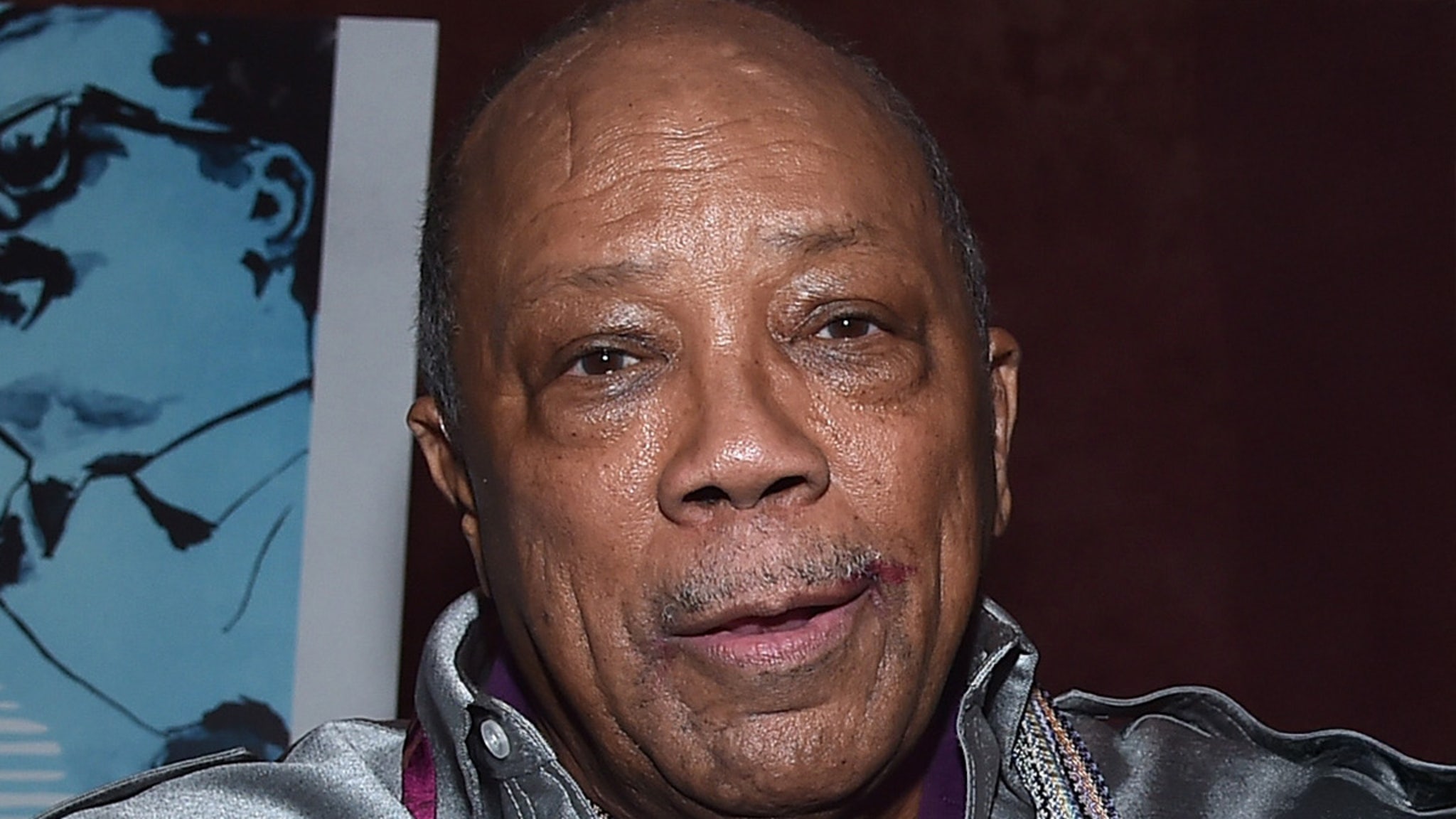
Exceptionally strong housing demand in the U.S. has large homebuilders in the driver’s seat and smaller builders ripe for takeover. The buyers are both domestic and Japanese.
M&A activity in the single-family homebuilder space is having a record year in terms of dollar volume, and close to a record in the number of deals, according to Margaret Whelan, founder of Whelan Advisory and one of the biggest investment bankers in the builder space.
“The big guys want to get bigger. They want to get into more markets, more price points, more types of product, and as they’re doing that, they’re finding the most efficient way is through acquisitions,” she said.
There have been a total of 19 homebuilder deals so far this year. Whelan says she alone has four more set to close by year end, and there could be more from others. The average number of deals across the industry over the last five years was 12 per year.
The surge is the result of still-growing housing demand that reignited at the start of the pandemic thanks to record low mortgage rates and sudden new migration. But mortgage rates also caused a historic housing shortage.
Homes were flying off the shelves in the first two years of the pandemic, when rates were low, but when interest rates rose, homeowners stopped selling so they wouldn’t have to trade a low mortgage rate for a higher one. That dynamic, sometimes called the mortgage rate lock-in effect, has exacerbated the housing shortage.
Construction of a KB Home single family housing development is shown in Menifee, California, U.S., September 4, 2024.
Mike Blake | Reuters
The nation’s large homebuilders benefited from all of it, especially since they’ve been buying down mortgage rates to get customers in the door. Five years ago, builders accounted for 1 in 6 homes for sale. Now they make up 1 out of every 3, according to industry counts.
The biggest builders have also gone from a 30% market share five years ago to 50% today. Public builders have clear advantages over smaller private builders.
“Public builders have a lower cost of debt (less expensive to borrow) than private builders and generally don’t need to borrow to buy a large company,” wrote Danielle Nguyen, vice president of research with John Burns Research and Consulting.
And it’s not just public builders in the U.S.
Whelan said half of the deals she has done this year are with Japanese buyers.
“From their perspective, they have much lower growth at home than they have here, and they have much lower cost of capital. And because their capital is so cheap, they can afford to pay more, so an M&A process tends to be very competitive,” said Whelan.
Some of the biggest builder deals this year involved Japanese companies like Sekisui House, which purchased MDC Holdings.
“The deal of the year was Sekisui buying MDC, which made them a top five builder. I expect Sumitomo Forestry and Daiwa House to follow suit, acquiring other big builders who are not gaining market share and having difficulty competing,” said John Burns, founder of John Burns Research and Consulting.
Whelan said the Japanese are particularly adept at value engineering the homebuilding process, in part through reverse engineering building plans to remove any waste. They often “build” the home first in 3-D imaging, reducing waste by as much as 20% to 30%, and use factories where they pre-cut all of the wood that’s going into the house, such as the trusses, frames, and wall panels, she said.
“I think what we would love to see is that they would bring some of the efficiencies that they have at home in Japan that would make housing more affordable, more cost-effective. They’ve done it successfully in the U.S. auto industry,” Whelan said.
Homebuilder M&A will likely continue into next year, as deals have a long lag time. The new Trump administration could also provide a boost.
President-elect Donald Trump has promised to open up more federal land for homebuilding. He could also put pressure on state and local governments to loosen zoning regulations that have inhibited more growth.
He has also, however, promised mass deportations, which could hit the builder workforce hard. Right now the highest costs for homebuilders are land and labor.









